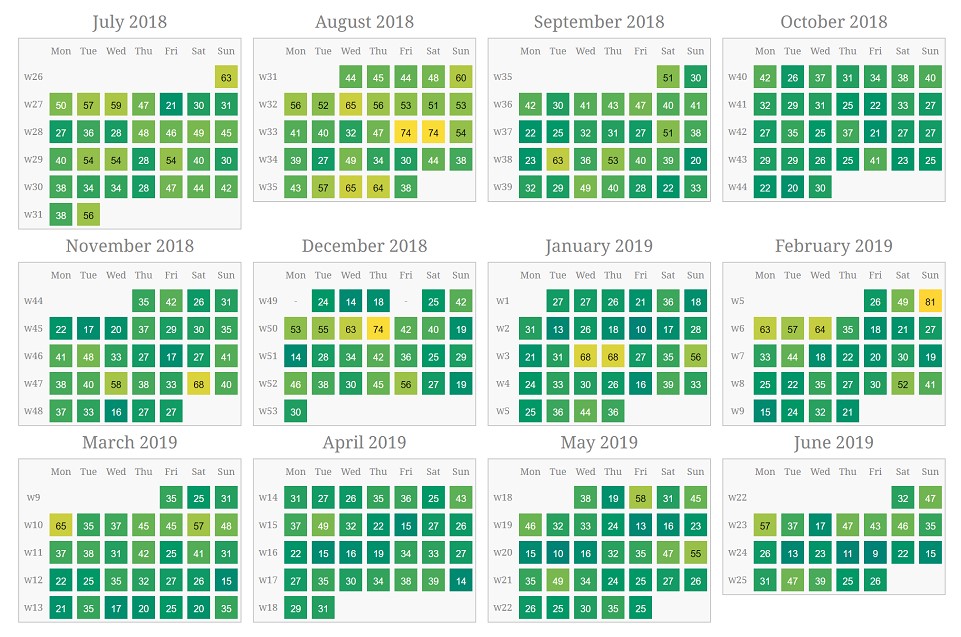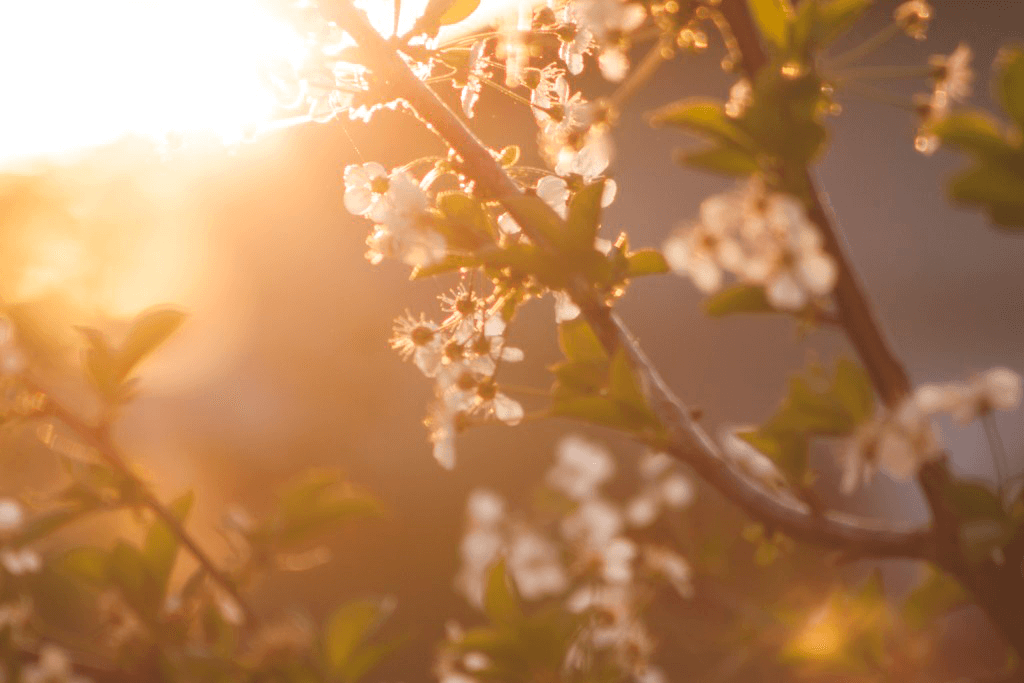Summer is upon us, but unfortunately with the heat comes many air quality challenges. Summer air is very different from the rest of the year, and there are many things we need to look out for this season if we want to stay in the best of health. The longer daylight hours and increased heat affect the air to the extent that you could say air pollution is a seasonal thing.
The World Air Quality Index project maintains a record of the daily air quality throughout the year. Measurements taken in New Jersey reveal how air quality tends to take dip during the summer months of June, July and August, before settling back in the fall and getting worse again in winter.

Winter air pollution and smog is its own thing, but the summer months are nothing to scoff at. There are literal changes in the air during the summer, and knowing about them will help you protect yourself and your family during the summer months.
1. High Pressure Air Stagnation
The summer months are often characterized by high pressure systems in the atmosphere which create pockets of air stagnancy at ground level. When the higher concentration of air molecules in the air disperse to lower pressure areas, this causes diverging winds which cause air from above to sink to the ground. The sinking air creates a barrier or “dome” near the ground, which traps air and causes it to stagnate.
And this stagnant air is the real problem, because it means that pollutants in the air don’t get blown around. This means that dirt, smoke, car emissions, and the like linger in the places we live longer. That’s a lot more particulate matter (both PM10 and PM2.5) building up in the air you breathe, and particulate matter is one of the two more dangerous air pollutants for humans. These tiny pollutants in the air get into your lungs and can transfer into the bloodstream, disrupting normal cell function.
2. Ground Level Ozone
The other bad pollutant for humans, ozone, is also rife in the summer. Ozone forms when ultraviolet radiation interacts with nitrogen dioxide (NO2) from industrial and vehicle emissions, breaking it apart into nitrogen oxide (NO) and a spare oxygen atom (O). These oxygen atoms then bond with the oxygen in the air (O2) to form ozone (O3).
That longer days of sunlight mean more NO2 is broken down over the course of summer, creating more of the dangerous ground level ozone in our living spaces. This deadly, invisible gas can cause various respiratory problems and a burning sensation in the chest when you breathe it in.
3. Summer Smog
The increased levels of ozone in the air then mix with pollutants in the atmosphere such as VOCs and particulates, and this causes the dangerous pollutant known as smog. Smog is particularly bad in the summer due to the increased levels of ozone. The photochemical reactions in the atmosphere as a result of the increased sunlight. This is why summer smog is often referred to as photochemical smog.
Winter smog by contrast is usually a result of increased fossil fuel use for heating along with slower air pollutant dispersion thanks to atmospheric inversion from the low thermal rate.
Regardless, this severe type of air pollution and can cause various health issues like bronchitis, emphysema and asthma. The only comfort we can take is that smog is visible to the naked eye, making it easier to avoid.
Summer Pollen
While spring is most often associated with pollen outbreaks, the truth is many grasses and weeds still release pollen well into the summer. Trees and many flowering plants usually finish up their pollen sprees in the spring, but many varieties of grass and weeds such as Bermuda grass, orchard grass, tumbleweed, sagebrush and ragweed release pollen during this season, creating various air pollution problems.
The increased pollen in the atmosphere can be breathed in and cause allergies in people. These allergies are commonly referred to as “hay fever” and while complications are rare, it can be a big inconvenience. The pollen can also trigger asthma attacks, which can be dangerous for people who have a history of asthma.
In the end, air pollution is still generally worse in the winter – but don’t let that be an excuse to underestimate the potential dangers of summer when it comes to air quality. Things you can do:
- You can limit your exposure to ozone by keeping your outdoor activities in the early morning as much as possible, before the increased sunlight allows ozone and pollutants to build up.
- Stay in cool, clean areas as much as possible.
- Keep windows and doors closed, both at home and in the car.
- Use the air conditioner as needed, but note that excessive air conditioning use drives up fossil fuel use in power plants, which releases more nitrogen oxide (and thus more ozone) into the air.
- Check the pollen reports to avoid bad pollen days.







